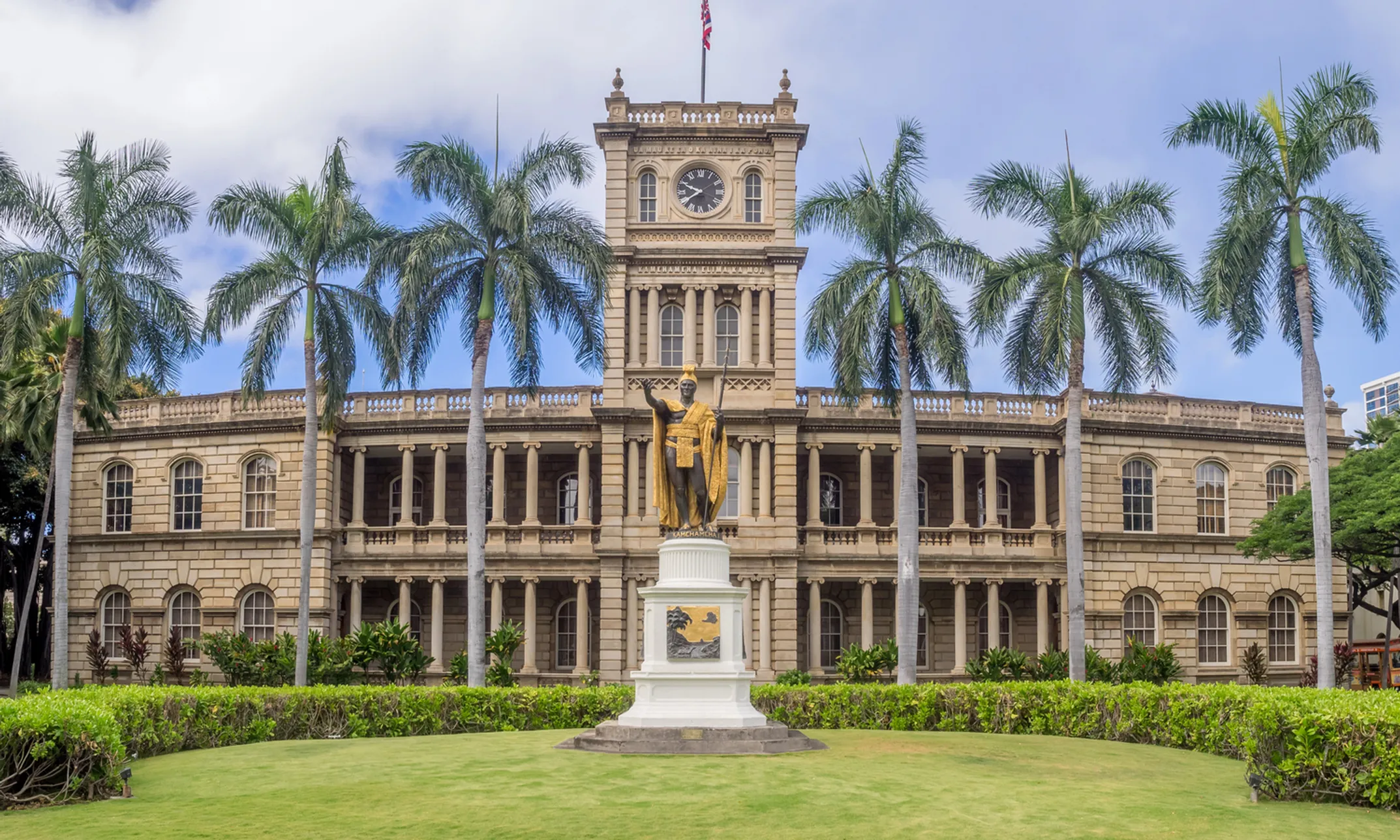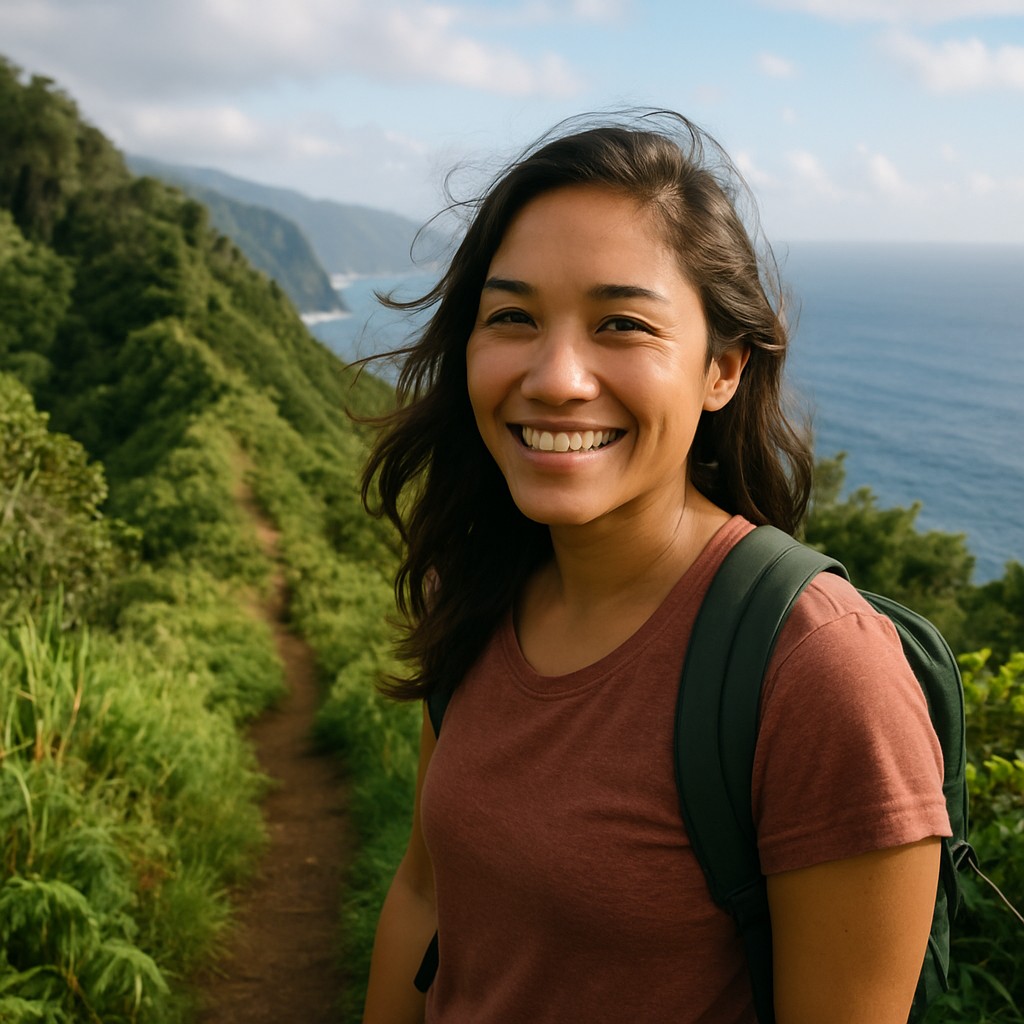
「Minivan Arrival」Honolulu Airport ⮕ Waikiki Hotels Exclusive Transfer
Family Photography Pros Oahu • Service • Honolulu • Oahu

Local heroes, veterans, and the complex chapters of our history

Written by a Local Cultural Guide
Leilani AkoWhile the major royal and cultural figures get the most attention, Hawaii's islands hold many other memorials worth discovering. Each tells part of our larger story.
War memorials on every island honor those who served in conflicts from World War I through today. The Kauai Veterans Memorial in Lihue, the War Memorial Complex on Maui, and similar sites on each island remind us that Hawaii's people have served our nation in every major conflict.
At Pearl Harbor, the "Unconditional Surrender" statue recreates the famous photograph of a sailor kissing a nurse on V-J Day. This 25-foot sculpture, controversial when first installed, represents both victory and the complex emotions of wartime.
Smaller memorials throughout the islands honor local heroes—teachers, community leaders, and ordinary people who made extraordinary contributions. These monuments remind us that heroism comes in many forms, not just royal bloodlines or athletic achievements.
Honoring Hawaii's service members from WWI through today's conflicts.
Teachers, activists, and local heroes who shaped our communities.
Those who maintained Hawaiian traditions through difficult times.
Not all of Hawaii's monuments celebrate figures beloved by everyone. The statue of President William McKinley in front of McKinley High School in Honolulu represents one of the more complex chapters in our history.
McKinley was president when Hawaii was annexed by the United States in 1898. For many Native Hawaiians, this wasn't liberation but occupation. The school and statue were erected during a time when American authorities wanted to promote patriotism and minimize Hawaiian nationalism.
Today, this monument exists within ongoing conversations about how we remember difficult histories. Some see it as an important reminder of historical events. Others view it as a symbol of colonialism that should be reconsidered.
As a Hawaiian Studies graduate and cultural educator, I believe we need to acknowledge these complex legacies honestly. We can teach our children about historical events without necessarily celebrating them. McKinley's statue serves as a starting point for important discussions about power, sovereignty, and justice.
Understanding complex legacies
Local perspectives matter
Learning from difficult histories
These conversations mirror national debates about Confederate monuments and other controversial memorials. Hawaii's experience shows that communities can engage with difficult histories while honoring their own values and heroes.
Some heroes get statues. Others live on in different ways. Lahilahi Webb, Queen Liliʻuokalani's loyal companion, may not have a bronze memorial, but her name graces streets in Honolulu. Her story reminds us that remembrance takes many forms—sometimes a street sign carries as much mana as a towering statue.
Their innocent play reminds me that the impulse to honor and remember is universal. Every culture creates monuments, whether from bronze and stone or flowers and memory. Hawaii's statues and monuments are more than tourist attractions or historical markers. They are living connections to our past, present, and future.
Walking among Hawaii's monumental heroes has taught me that stone and bronze hold more than just historical information—they hold spiritual power. Our ancestors watch over us through these memorials, guiding us toward the courage, wisdom, and aloha they embodied in life.
The next time you encounter one of Hawaii's statues or monuments, pause for more than just a photo. Listen to the story it tells. Feel the mana it carries. Remember that these figures once walked the same ground you're standing on, facing challenges not so different from our own.
Love of land includes love of the people who came before us, maintained through monuments.
We too are part of an ongoing story, our actions will be remembered by future generations.
In Hawaiian culture, we believe that aloha ʻāina—love of land—includes love of the people who came before us. These monuments help us maintain that connection across generations. Whether you're visiting Hawaii for the first time or you're kama'āina looking at familiar sights with new eyes, these bronze and stone guardians offer lessons in leadership, courage, and service.
The trade winds that rustle through the coconut palms carry more than just the sound of waves—they carry the whispers of our ancestors, encouraging us to live with the same spirit that inspired these monumental heroes. Their legacy lives not just in bronze and stone, but in every act of courage, every gesture of aloha, and every effort to make our islands better for those who will come after us.

Family Photography Pros Oahu • Service • Honolulu • Oahu

Family Photography Pros Oahu • Service • Honolulu • Oahu
